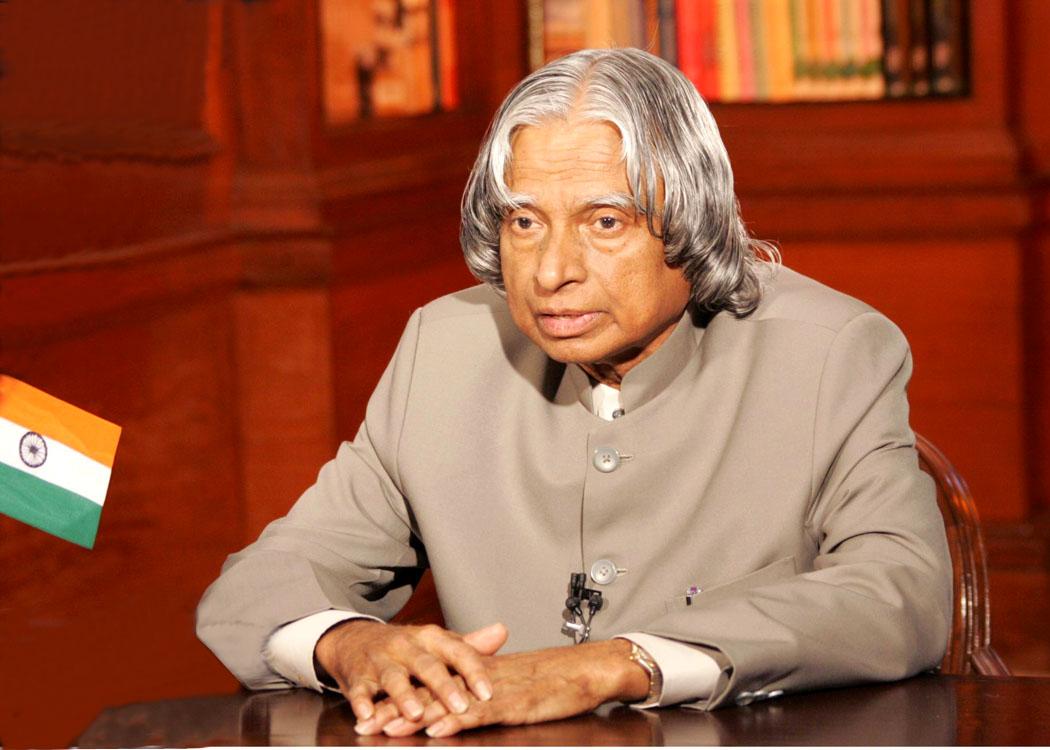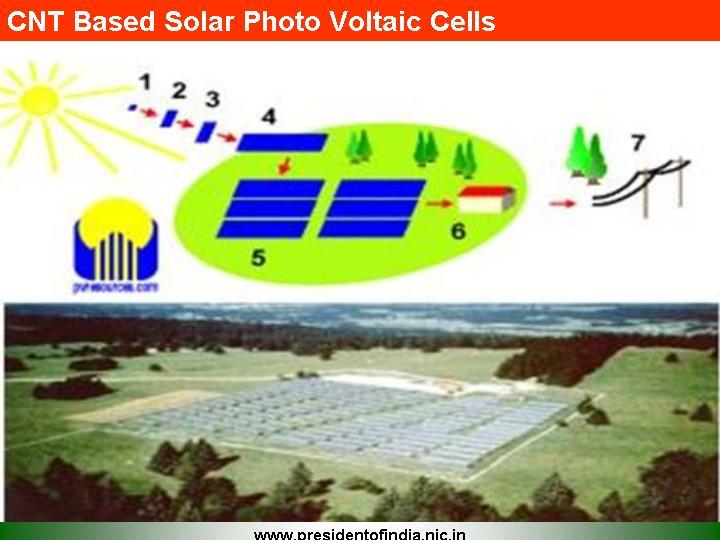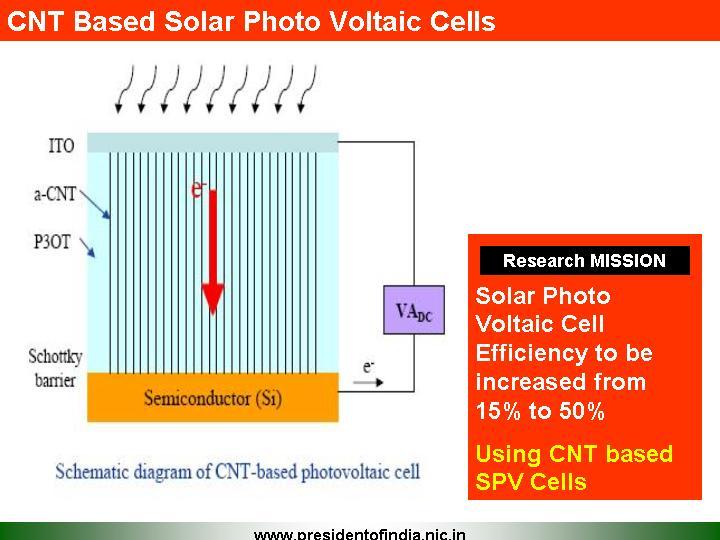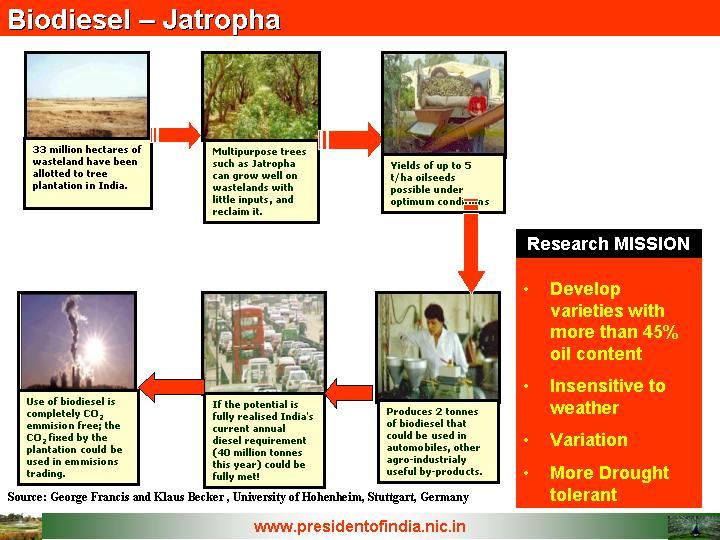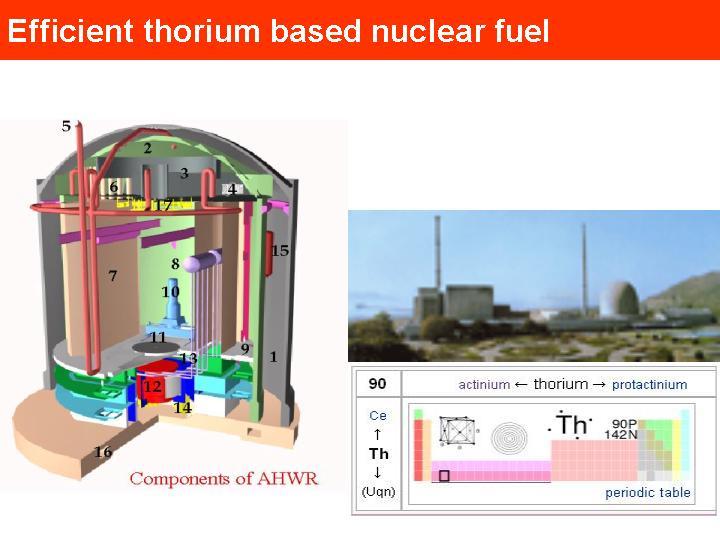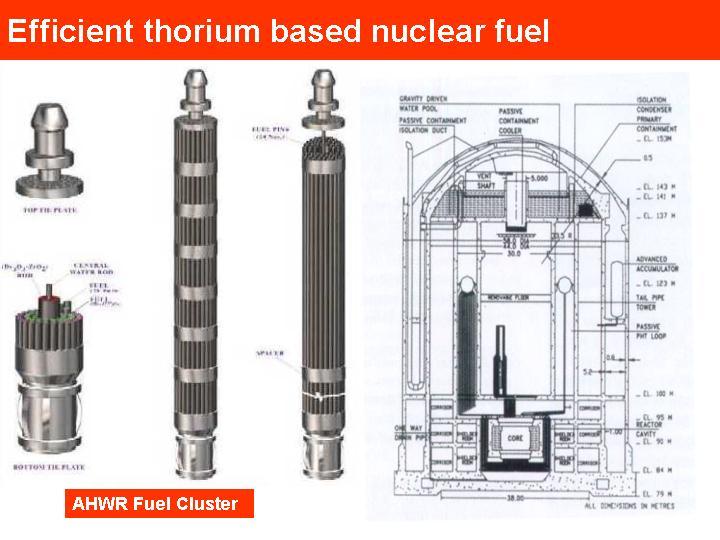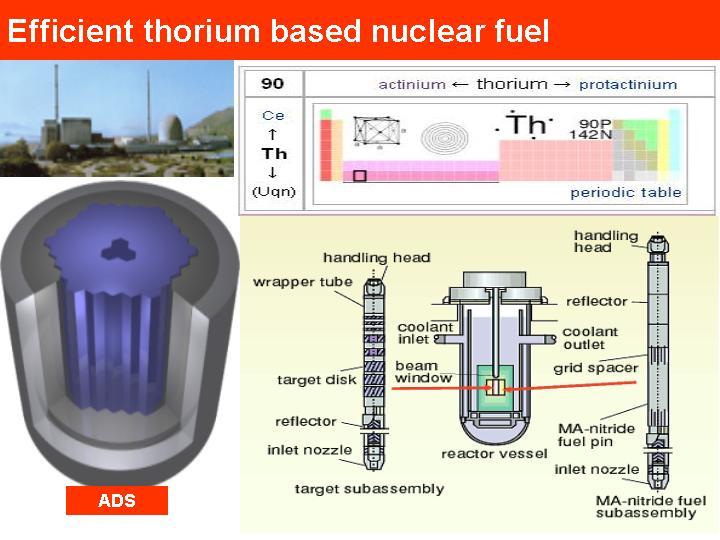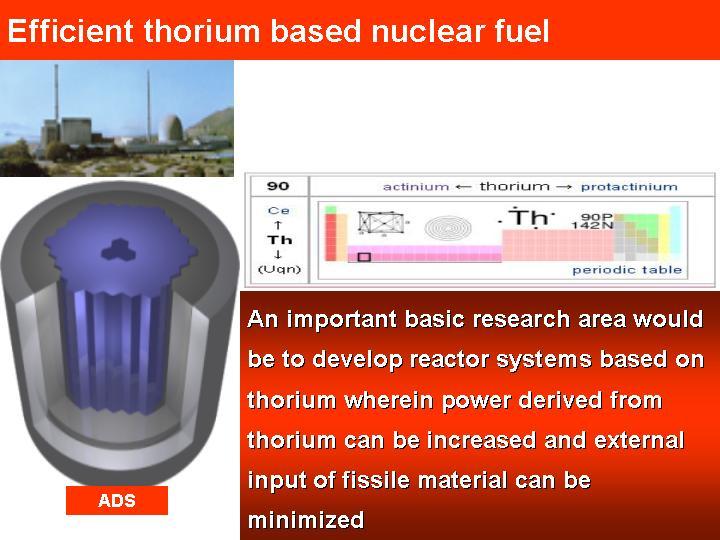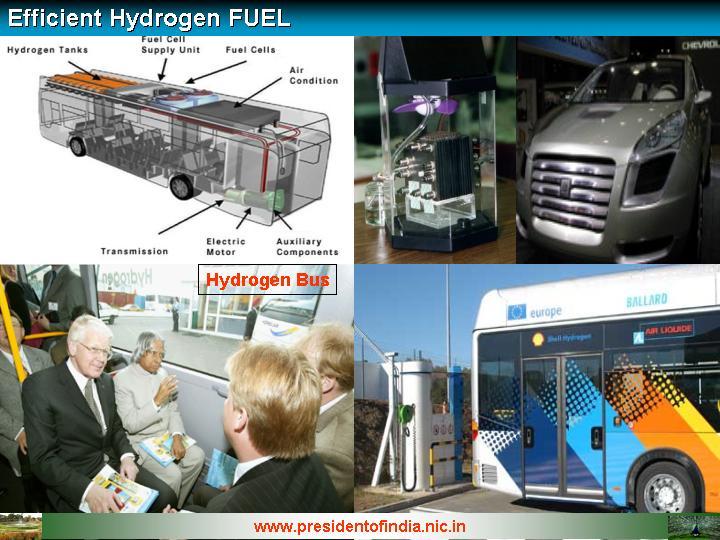Address To The Nation By The President Of India On The National Science Day 2006, New Delhi
New Delhi : 28-02-2006
Science Inspires Action
My dear Citizens,
My greetings to all of you. I am indeed very happy to talk to you on the occasion of National Science Day, which is celebrated on the 28th of February every year, the day in the year 1930, Nobel Laureate Sir CV Raman announced a landmark discovery which is finding applications today in the area of continuous wave all-silicon laser. On this day, the nation pays tribute and expresses its gratitude to all the scientists who have made our dream of using the science and scientific discoveries as vehicles for economic development, a reality. Celebration of Science will attract many young children to take up science as a career. This is the day, our Scientists may like to rededicate themselves to create high quality scientific research output from India and make the nation proud. Science day is the day to remind us that the important ingredient for societal transformation would mainly come from science.
Science as We See
Today science has touched every person in all walks of life - be it rural or urban. When you visit a doctor with absolute faith that he will find a cure for every illness and when he or she does, you see science in action. When your harvest is bountiful and when you are able to make increased productivity than our forefathers in the same land, you see science in action. When natural disasters occur and when your life is saved due to a preemptive action due to forecast you see science in action. When you talk to your sons and daughters anywhere in the planet from your cell phone or the STD booth, or through VOIP, you see science in action. When you enjoy the television shows from the comforts of your home, you see science in action. When you realize that the world is a global village and you have all the world of information available to you, you see science in action. I am sure if you seriously pursue science as a career, you will ensure that our future generation will see more actions of science that will make their life happy, prosperous and safe.
On the National Science Day, normally I used to talk with you friends about the scientific achievements of our country. In the Indian Science Congress 2006, I have highlighted the various scientific achievements made by our scientists in the recent past. Today, my talk is exclusively directed towards research by academic institutions, R&D organizations, scientists and students on the missions which will enable India to realize the goal of energy independence well before 2030. I have selected four research areas of importance that will make a change in our society. Government, academia and research foundations have to provide all the necessary assistance for the research areas.
The areas of research are
- CNT based solar cells for higher efficiency
- Increasing the Bio-fuel oil content
- Efficient Thorium based nuclear fuel
- Efficient Hydrogen Fuel, power package
CNT based solar cells for higher efficiency
One of the important need for achieving energy independence by 2030 is to increase the power generated through renewable energy sources from the existing 5% to 25%. Particularly, the energy produced through solar energy has to increase substantially. The low efficiency of conventional photo voltaic cells has restricted the use of solar cells for large application for power generation. Research has shown that the Gallium Arsenide (GaAs) based PV cell with multi junction device could give maximum efficiency of only 30%. Hence it is essential to launch a research mission on Carbon Nano Tube (CNT) based PV cell which has got higher level of promise in efficiency.
The CNTs provide better electron ballistic transport property along its axis with high current density capacity on the surface of the solar cell without much loss. Higher electrical conductivity and mechanical strength of CNT could improve the quantum efficiency to the order of 35%. But, this is not sufficient. Recent research has shown that the alignment of the CNT with the polymer composites substrate is the key issue and this aligned CNT based PV cells would give very high efficiency in photovoltaic conversion. The polymer composites increase contact area for better charge transfer and energy conversion. In this process, the researchers could achieve the efficiency of about 50% at the laboratory scale. Our scientists have to take up this challenge and come up with the development of a CNT based PV cell with an efficiency of at least 50% within the next three years so that it can go into the commercial production within five years. In addition, they can also take up the development of organic solar cells, dye-sensitized solar cells and third generation solar cells. There are lots of opportunities for research in fundamental science in this area and I would like to see these opportunities used by a wider spectrum of our Universities and Research Laboratories in a coherent, consorted way with a mission mode programme.
Increasing the Bio-fuel oil content
We have nearly 60 million hectares of wasteland, of which 30 million hectares are available for energy plantations like "Jatropha". Once grown, the crop has a life of 50 years. The cost of bio-diesel produced from Jatropha works out to Rs. 20 per litre at present. Government has permitted the use of mixing of maximum 10% bio-fuel with diesel for Cars. In respect of heavy vehicles and tractors 100% usage of bio-fuel has shown satisfactory results. Biodiesel is carbon neutral and many valuable by-products flow from this agro-industry. Intensive research is needed to burn bio-fuel in internal combustion engines with high efficiency, and this calls for a focused R&D programme to be initiated in war footing. Indian Railways has already taken a significant step of running two passenger locomotives (in the Thanjavur to Nagore section in Tamil Nadu) and six trains of diesel multiple units (in the Tiruchirapalli to Lalgudi, Dindigul and Karur sections in Tamil Nadu) with a 5% blend of bio-fuel sourced from its in-house esterification plants. In addition, they have planted 1.5 Crore Jatropha saplings in Railway land which is expected to give yields from the current year. States like Chhattisgarh, Mizoram, Tamil Nadu and Andhra Pradesh have taken up large scale plantation of Jatropha. Similarly many States in our country have energy plantations. What is needed is to increase the output of bio-fuel from Jatropha from the existing average 2 tonnes per hectare to 4 to 6 tonnes per hectare. Oil is a very important and potential product of Jatropha curcas and the oil content of most Jatropha varieties range between 25 and 35%. Research need to be undertaken to develop varieties with more than 45% oil content so that recovery is possible with maximum of 35% under mechanical expelling. This can be attempted through selection, intra-specific, inter-specific hybridization and Mutation breeding. Research focus has to be on developing high yielding varieties with a capacity to produce 4 to 6 Kg seed yield per plant or 4 to 6 tonnes per hectare per annum. Though Jatropha grows in wide range of climatic conditions, it exhibits wide range of variations in different climates. The variation is believed to be mostly climate coupled with available soil water moisture. Hence research initiatives should be aimed at production of flowering and fruiting with minimal moisture content in the soil. Breeding for production of flowers and fruits twice a year helps to increase the overall productivity. Our agricultural scientists have to mount research missions in these areas which will enable the nation to realize energy independence progressively. They must also collaborate with our combustion experts and produce the most fuel efficient engines that are compatible with the bio-fuel produced from Jatropha.
Efficient thorium based nuclear fuel
Large scale generation of power through nuclear fuel is vital for our energy independence programme as I discussed with you, friends on 15th August 2005. We have to study the thorium based programme in relation to the on going programmes of the Department of Atomic Energy (DAE). Going critical of fast breeder reactor which is in an advanced stage of construction, development of Advanced Heavy Water Reactor (AHWR) and Accelerator Driven System (ADS) technologies have to be pursued in an integrated way. There are many scientific and technological challenges.
Fast Reactors: Fast reactors can make a significant contribution to India's energy requirements, but the rate of increase in fast reactor installed capacity has to follow a certain growth path as plutonium-239, the fuel for the fast reactors gets generated in nuclear reactors. Thus the rate of new fast reactor capacity addition has to be determined by the rate at which plutonium can be bred. The breeding depends on the fast reactor design and the chemical form of plutonium fuel. Metallic fuel gives much higher breeding ratio whereas plutonium in oxide form gives a lower breeding ratio. So our basic research has to be on the development of metallic fuel on priority. It is only after we have established enough fast reactor capacity, we can shift to thorium based systems and continue to get power from thorium reactors for a long time.
Thorium Technologies: Country has already set up a facility for reprocessing thorium and has designed an Advanced Heavy Water Reactor (AHWR), which aims to derive two-third of its power from thorium and one third from plutonium generated from Fast Breeder Reactor (FBR). Implementation of the AHWR project and development of associated fuel cycle facilities will provide industrial scale experience in the handling of thorium. An important basic research area would be to develop reactor systems based on thorium wherein power derived from thorium can be increased and external input of fissile material can be minimized. It will definitely lead to early utilization of thorium in power production.
Accelerator Driven Systems: The other possibility for thorium utilization is through Accelerator Driven Systems (ADS). ADS have two main components: an accelerator and a reactor. A reactor system using only thorium as fuel cannot become critical as thorium is not a fissile material. To make it critical, an external supply of neutrons is needed. A "spallation" source can provide an external source of neutrons to achieve criticality in an otherwise sub-critical system. Protons, when accelerated to high energy in an accelerator and made to collide with a target of high atomic number element (such as lead, tungsten, uranium etc.), cause detachment of a large number of neutrons from these nuclides in a process called spallation. The development of an appropriate proton accelerator is the first step towards the development of ADS. The research results will lead to building an accelerator and subsequently the use of accelerator for detachment of neutrons from heavy elements. Accelerator technology has many other applications. For example, accelerators are useful in health care for treatment of cancer and in basic research as tools to study structure of atom. Accelerators are also useful in the industry for chemical processing, where irradiation by accelerators can be used to improve the mechanical and electrical properties of cable insulation. How we can meet these research and development challenges?
I would like to recall two experiences. India's nuclear programme has always been under technological denials for decades from many countries. Every one of the nuclear scientists and science leaders realized that the self-reliance is the most promising route. Nuclear scientists have always shown the country how nuclear technology can be used for increasing the agricultural produce, medical application and nuclear power generation. Let me also share one of my experiences when I was chief of Aeronautical Development Agency (ADA). It was 1998; India achieved a very important national milestone. This resulted in many nations imposing technology denials and economic sanctions. Particularly, the Light Combat Aircraft programme came to a halt because of collaborating countries breaking the agreements on the development contracts undertaken. I took an emergency meeting of the ADA Board and we formed a National Team for LCA control system with 20 members drawn from 7 organizations in the country with a two years project schedule. In 18 months, we realized a world class digital fly by wire control system for the LCA. Now, four LCA aircraft are flying and 5th one is getting ready for flight test. Cumulative flying hours logged by the 4 aircraft is over 500 hours. The batch production of LCA TEJAS is to commence. The message I would like to give to our nuclear scientists on the day of commemoration of the discovery of Raman Effect is:
"Nationally we have the best minds,
Enlist the national team,
The government and the people are with you,
Progress with your vast knowledge and experience,
you will succeed."
Efficient Hydrogen Fuel
During my visit to Iceland, I had a unique experience, which I would like to share with you. Friends, the President of Iceland and myself with our teams were traveling in a hydrogen fuelled bus. The bus also took us to a Hydrogen Fuel station and we filled up Hydrogen gas in the fuel tank and we continued our journey and discussions. I am aware that, hydrogen operated motorcycles, three wheelers and small generators have been developed in the country. In addition, Polymer Electrolyte Membrane Fuel Cell (PEMFC) and Phosphoric Acid Fuel Cell (PAFC) technologies and fuel cell - battery hybrid van have been developed. Hydrogen production from distillery waste and other renewable methods have also been developed. Hydrogen storage in metal hydrides has also been demonstrated. At present, research is in progress to further improve the performance and technology of these vehicles and generators. Particularly the Fuel cell powered automobiles will become a reality in the world. In India, an electric car company in collaboration with DRDO have developed a hybrid vehicle which can be run with a fuel cell and the cost per kilometer will be just 40 paise in addition to the pollution free operation of the Car. Also, we should know that ISRO launch vehicles use liquid oxygen and hydrogen fuel. Production of liquid hydrogen is being done in Mahendragiri Space Centre. I would urge the research community to concentrate on the areas such as high pressure storage of hydrogen, liquid storage, storage in nano-structure, development of safety codes and standards and development of dedicated engine for hydrogen fuel.
Conclusion
Discovery in science provides the greatest inspiration and happiness to the scientists and scientific community. When Einstein discovered the theory of relativity and the equation E=Mc2, when Sir CV Raman discovered the Raman Effect that Molecular Scattering is the reason for ocean to be blue, and when Subramaniam Chandrasekar discovered Black hole and Chandrasekar Limit, it virtually led bliss for all these scientists and their teams. No one probably thought of the magnitude of the application of these discoveries at the time they were discovered. The nuclear energy, light spectroscopy, calculation of the life of the sun, all were understood subsequently due to further scientific discoveries. The science leads to development of technologies. Availability of technologies leads to products. It should be the mission of our young and experienced scientists to see that they make scientific discoveries, which will lay the foundation for future technologies of the country leading to new cost effective products for our billion plus people, and also improving quality of life of our people.
Dear young friends, I am sure many of you will be looking forward to pursuing science as a career with passion to meet the challenges and derive happiness through providing better quality of life to our people.
On this day, let me wish you the future of my country, many successes in your scientific efforts and missions.
My best wishes to all of you.
May God bless you.

